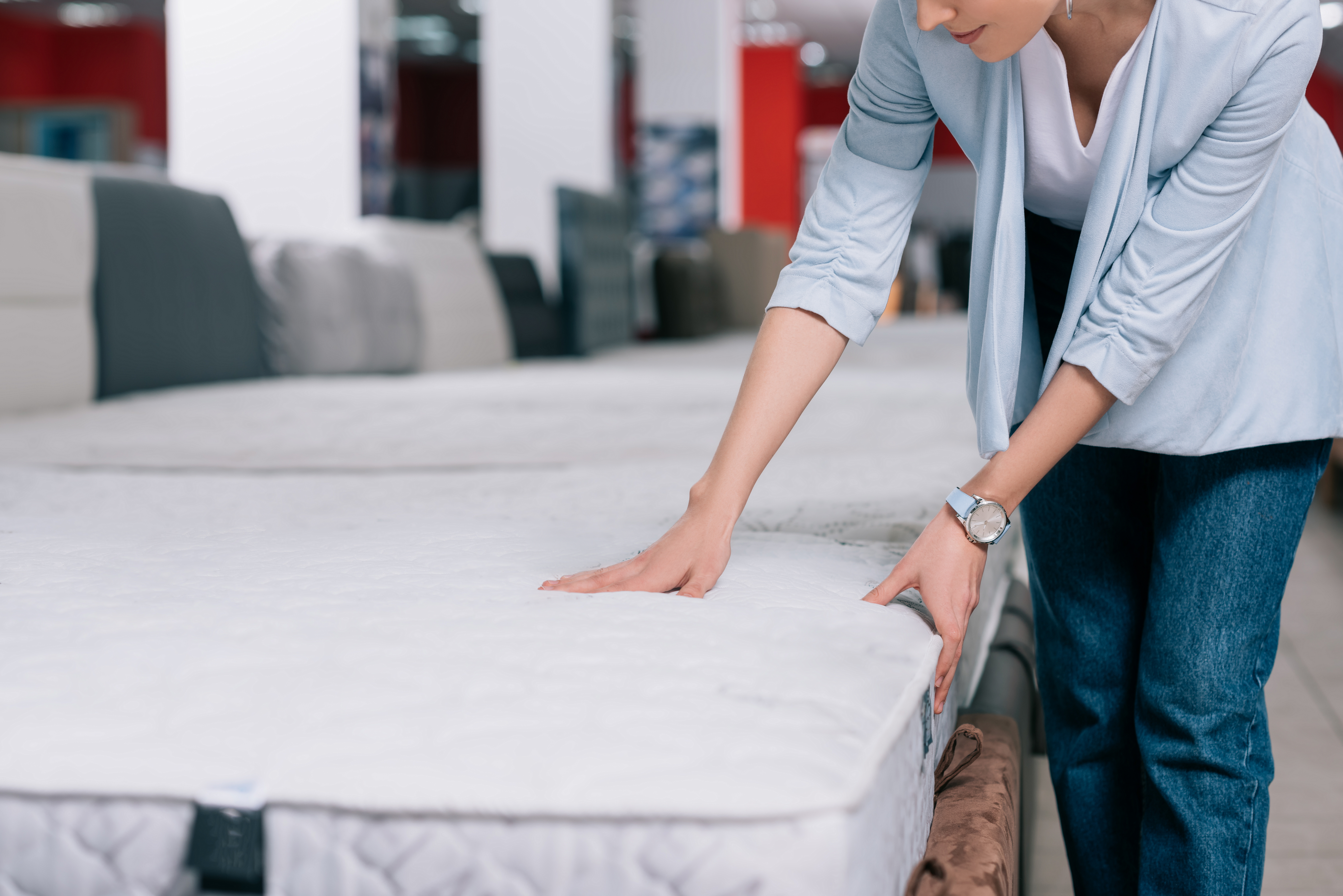What Is A Memory Foam Mattress & Why Is It So Good?
19th Feb 2021
If you're in the market for a new mattress that is actually good for your back, chances are you’ve spent a number of hours doing your research. Maybe you’ve hovered around your local homemaker centre for a Saturday or two, self-consciously lying down on varying makes and models to try and work out which will be best; perhaps you’ve conducted an unofficial survey on your family and friends; or maybe you’ve disappeared down the rabbit hole that is the internet, reading more product specifications and reviews than you can count.
It’s an exhausting process but one you don’t want to rush; thanks to the ramifications your choice will have on the quality of your sleep. We thought we’d help you whittle down your internet research time a little by giving you the inside scoop on memory foam mattresses, laying out all their benefits in one easy to read post (aren’t we nice). Let’s take a look.

What is memory foam?
Memory foam was developed by NASA in 1966 to improve the safety of air craft cushions. It was engineered to match the body pressure against it, providing a perfect supportive mould for whoever was sitting in it at the time. It was originally referred to as ‘slow spring back foam’ because of its ability to return to its original shape after pressure was removed (i.e. the person stood up).

So how did it make its way into the mattress world?
Memory foam was soon commercialised and used in a range of industries including health care and competitive sports. Its supportive, moulding properties were ideal for hospital beds where patients were required to stay for extended periods of time, reducing the incidence of pressure sores, gangrene and joint pain. The material was also put to good use as helmet padding for high impact sports, most famously protecting the noggins of the Dallas Cowboys during the 1970s and 80s. The first memory foam mattress was released in 1991.

What benefits does memory foam matress offer the average sleeper?
Chances are you don’t need to reduce your incidence of bed sores or protect your body from Texan linebackers, but you do want to get a mattress that’s supportive and comfortable to increase the likelihood you’ll wake up feeling fresh, well-rested and ready to tackle your day. That’s great, because memory foam does those things too. In fact, memory foam mattresses have consistently stayed at the top of the chart for comfort, averaging 81% owner satisfaction compared to 62% satisfaction for innerspring owners. Here’s why.
Good quality memory foam mattresses distribute body weight evenly, moulding to each individual body in response to heat and pressure. This ‘perfect fit’ technology allows them to relieve pressure better than any other form of mattress. While this is particularly great if you have any backaches and pains, it’s also a big selling point in terms of comfort and will reduce your need to toss and turn throughout the night. Think of it like finding a shoe your podiatrist would be proud of: well-fitted and supportive.

Other benefits of memory foam mattress
Another benefit of memory foam mattresses is that they have very little motion transfer. This means you won’t be disturbed when your partner turns over in the middle of the night and vice versa. Because memory foam moulds to your body and slowly springs back into shape when pressure is relieved, you don’t get the same rapid movement you would from a mattress that provides support through coiled springs.
The other key benefit of memory foam mattresses is that they’re hypoallergenic, making them a great choice for anyone who suffers from allergies. Spring mattresses contain an inner cavity which provides an ideal habitat for dust mites, causing sleepers to wake up with itchy skin, watery eyes and a case of the sneezes. By comparison, memory foam mattresses are a solid block of material, providing no space for mites to breed.

Finally, memory foam mattresses are both easier to care for and longer-lasting than their spring counterparts. The latter need to be rotated regularly to prevent dips or indents forming as a result of certain areas continually taking more weight. Memory foam mattresses, on the other hand, don’t have to be flipped or rotated and last upwards of five years without any loss of support.

 Bedroom Clearance
Bedroom Clearance







 Australian Dollar
Australian Dollar
 New Zealand Dollars
New Zealand Dollars
 US Dollars
US Dollars
